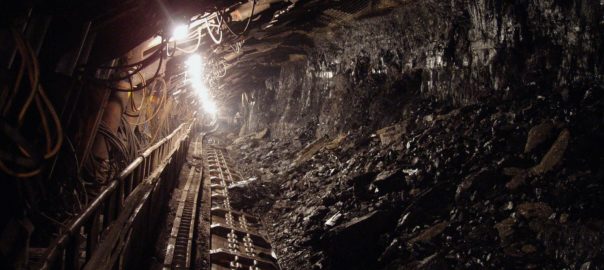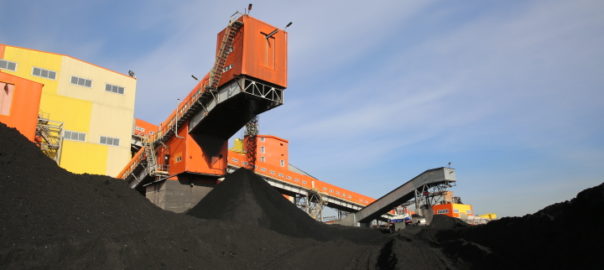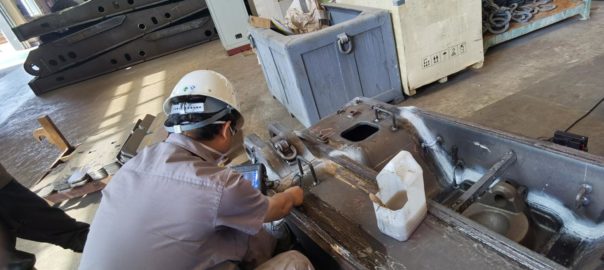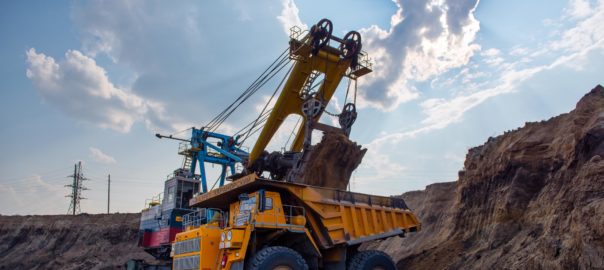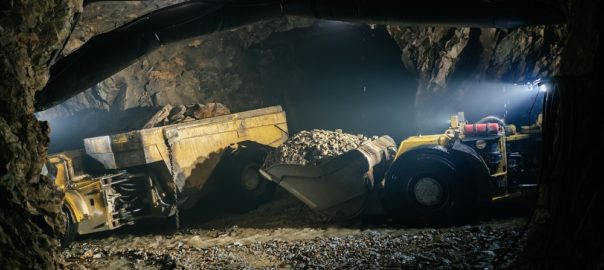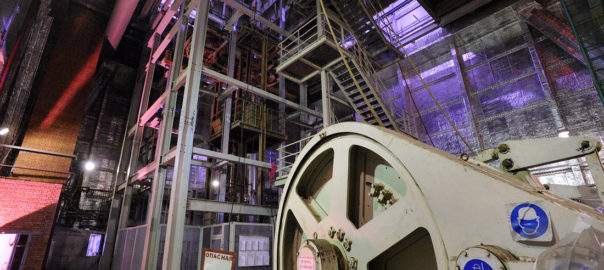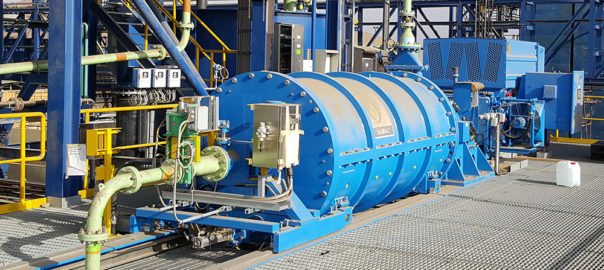Polyus says the Ust-Omchug — Omchak power project in the Magadan region of Russia has been completed, with its Natalka gold mine now connected up to a new 220 kV power grid.
The total construction capital of this project (excluding VAT) amounted to around RUB10 billion (around $126 million), with some RUB6.5 billion attributable to state subsidies received by the company over the 2016-2019 period.
The new line provides additional energy transmission capacity, improving the reliability of low-cost renewable power supply in the region, the company said.
Earlier this year, Polyus signed a large-scale five-year electricity supply contract with regional hydropower company, PJSC Kolymaenergo, a subsidiary of PJSC RusHydro. As of today, Natalka covers 90% of its electricity demand from renewable sources.
Pavel Grachev, Chief Executive Officer of Polyus, said: “The Ust-Omchug — Omchak line is an important infrastructure project that facilitates continuity of operational processes at Natalka. It also contributes to our company’s development as a responsible operator, as Polyus is committed to creating a low-carbon and sustainable future.”








